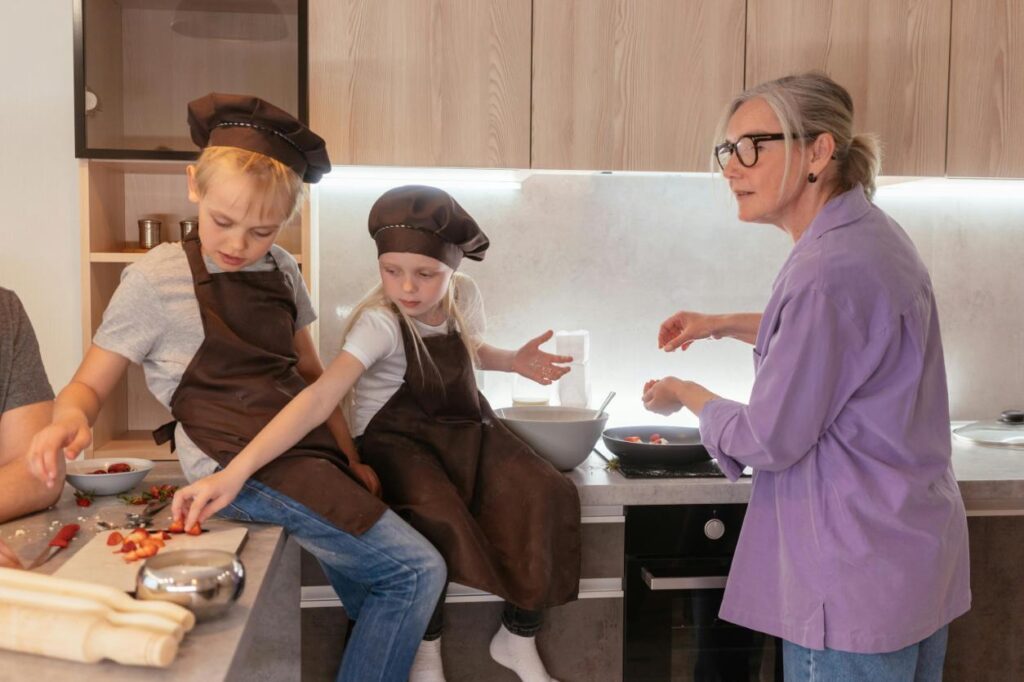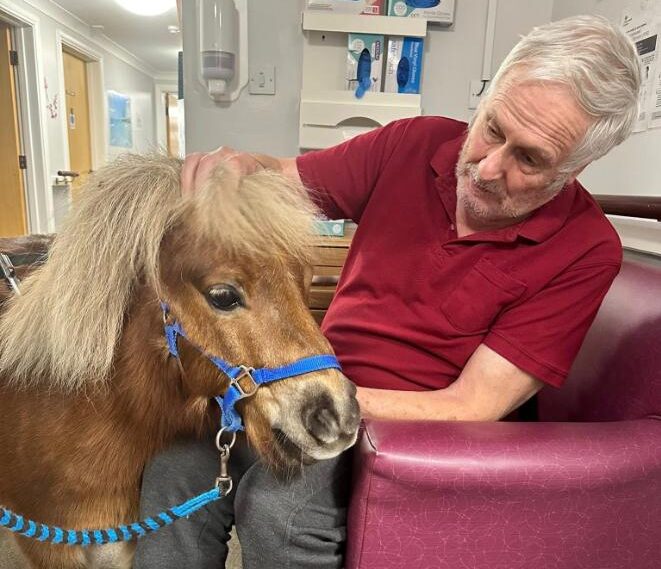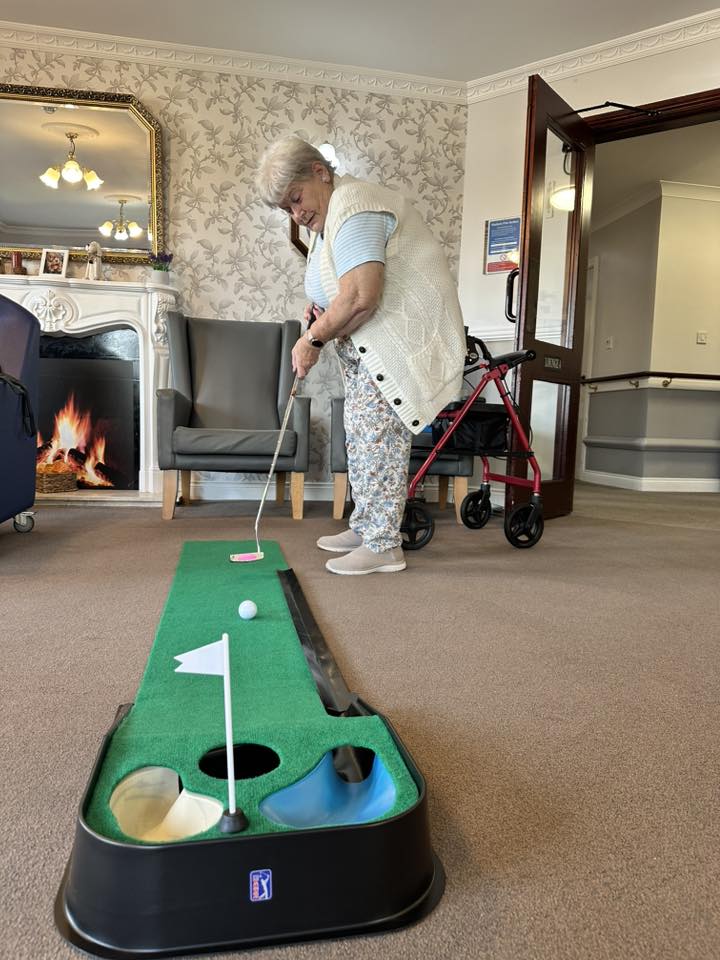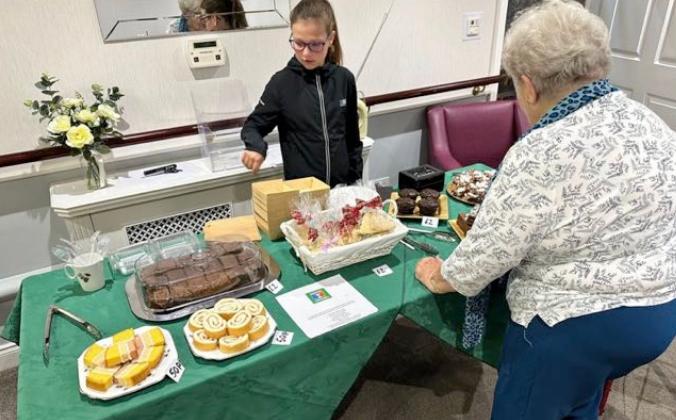What are the Benefits of Intergenerational Activities?

Intergenerational activities bring together different age groups, fostering meaningful connections and promoting the well being of both younger and older participants. These activities are particularly beneficial in care homes like Hillside Lodge, where residents can engage with younger generations, creating a vibrant and inclusive community. By breaking down generational gaps and encouraging positive interactions, intergenerational programs have a profound impact on emotional wellbeing, physical health, and social skills.
Understanding Intergenerational Activities
Intergenerational activities involve structured or informal interactions between different generations, from children to elderly persons. These initiatives can take place in community centres, schools, care homes, or through family members engaging in shared experiences. Intergenerational care programs, for instance, provide opportunities for young people and older adults to form close bonds, share stories, and learn from each other's life experiences.
The Many Benefits of Intergenerational Activities
1. Improved Mental and Emotional Wellbeing
One of the greatest benefits of intergenerational relationships is the positive impact on mental health. Older people often experience social isolation, which can lead to depression and anxiety. When generations spend time together, older adults develop a renewed sense of purpose and joy, reducing feelings of loneliness. Likewise, younger generations gain emotional intelligence, learning empathy and respect for personal boundaries.
Intergenerational programs also help build self-esteem for both children and seniors. Young people benefit from the encouragement and wisdom of their older counterparts, while the older generation feels valued and needed. Studies have shown that intergenerational practice can significantly increase confidence and contribute to overall well being.
2. Physical Health Benefits
Engaging in intergenerational activities often involves physical activity, which is beneficial for all age groups. Playing games, gardening, dancing, or even simple everyday tasks provide physical stimulation and help maintain mobility. For an elderly person, these activities can slow cognitive decline, improve coordination, and support physical limitations. Young children also benefit by developing motor skills and staying active in a fun and engaging way.
3. Social Skills and Communication
Intergenerational activities encourage young people and older adults to develop strong social skills. Many children struggle with forming connections outside their peer group, but interacting with older generations helps them adapt activities to different needs and perspectives. This interaction fosters mutual understanding, reduces negative stereotypes, and promotes greater respect between different ages.

Older adults also benefit from the companionship and stimulation of social interactions, leading to improved social well being. Sharing experiences, telling stories, and engaging in meaningful conversations help bridge the gap between different generations and cultivate a deeper appreciation for each other's perspectives.
4. Learning and Cultural Exchange
Intergenerational relationships provide opportunities for knowledge sharing. Older people can pass down valuable traditions, cultural heritage, and practical skills to younger generations. Whether it's teaching a child's idea about history, sharing recipes, or playing a musical instrument, these interactions create lasting memories and educational experiences.
At the same time, younger generations introduce new perspectives and technology, keeping older adults engaged with modern advancements. This mutual exchange enhances cognitive function and fosters a sense of curiosity and adaptability among all participants.
5. Strengthening Communities and Family Bonds
Intergenerational care brings families closer together by encouraging different generations to work as a team. Grandparents, parents, and children learn to appreciate each other's contributions, forming close bonds that strengthen family unity. Additionally, intergenerational programs in community centres and care homes promote inclusive communities, where people of all ages feel welcome and valued.
By reducing generational gaps and creating a supportive environment, these activities cultivate a sense of belonging and interdependence. This helps build stronger communities that prioritise well being, mutual respect, and compassion.
Benefits to Older Adults
Older adults who participate in intergenerational activities experience a multitude of positive effects, from improved mental and physical health to increased social engagement. Regular interaction with younger generations helps combat loneliness and provides a sense of purpose. Studies have shown that elderly individuals who engage with children or young adults often have lower rates of depression and anxiety, as well as improved cognitive function.
Additionally, participating in activities such as storytelling, playing games, or even learning new skills from younger generations helps keep the mind sharp and engaged. Physical stimulation from activities like dancing or walking with younger individuals also promotes better mobility and cardiovascular health, ultimately contributing to a longer and more fulfilling life.

Benefits to Younger Generations
For younger children, intergenerational activities provide opportunities to develop empathy, patience, and social skills. Spending time with older adults allows children to gain a greater understanding of different life experiences and cultural heritage. This interaction fosters a sense of respect for previous generations and reduces negative stereotypes associated with aging.
Children who engage with elderly individuals also experience an increase in self-esteem and confidence. The encouragement and wisdom they receive from older generations help them feel valued and appreciated. Additionally, intergenerational activities introduce young people to new perspectives, fostering adaptability and resilience in social settings.
Examples of Intergenerational Activities
Intergenerational practice can take many forms, from structured programs to spontaneous interactions. Here are some popular ways different generations can engage with each other:
- Storytelling Sessions: Older people share stories from previous generations, helping children learn about history and values.
- Playing Games: Board games, puzzles, or interactive video games encourage problem-solving and teamwork, and help generations use different methods of critical thinking.
- Gardening: A shared love for plants fosters responsibility and patience.
- Arts and Crafts: Painting, knitting, and creating handmade gifts encourage creativity across different age groups.
- Musical Activities: Learning a musical instrument together or enjoying sing-alongs creates joyful experiences.
- Cooking and Baking: Older adults can teach family recipes while children contribute new cooking ideas.
- Exercise and Movement: Gentle yoga, dance, or walks provide physical stimulation for all participants.
- Tech Workshops: Young people teach older generations how to use smartphones, social media, or video calls.

The Positive Effects on Care Homes
For care homes like Hillside Lodge, intergenerational care programs provide a structured way to bring joy and companionship to residents. Partnering with schools, nurseries, or volunteer groups helps create ongoing activities that enrich the lives of both the children and elderly individuals involved.
The Beth Johnson Foundation, a leader in intergenerational practice, has shown that these initiatives lead to a positive impact on care home environments. Residents become more active, engaged, and emotionally fulfilled, while children gain exposure to a longer history and the wisdom of older generations.
Expanding the Scope of Intergenerational Activities
Care homes can expand their intergenerational programs by incorporating virtual meetings children and older adults connect through video calls. This allows for ongoing relationships even when in-person visits aren't possible. Additionally, care homes can collaborate with Age UK and similar organisations to promote broader intergenerational engagement.
Outdoor activities, such as nature walks and bird-watching, can also be encouraged as a way to foster bonding between different generations while benefiting from fresh air and movement. These activities help improve physical health and overall well being for all involved.
Encouraging Volunteers to Participate
Encouraging local volunteers to engage in intergenerational programs can further strengthen these initiatives. Schools, youth clubs, and community organisations can partner with care home to establish long-term connections, ensuring that both young and old participants continue to experience the benefits of intergenerational relationships.
Care homes can also host open days where family members and local residents are invited to join in intergenerational activities. This promotes social inclusion and strengthens the relationships between residents and their wider communities.

Adapting Activities for Different Abilities
It's important to ensure that intergenerational activities are accessible to all participants. Adapting activities to accommodate physical limitations ensures that older adults can fully participate without feeling overwhelmed. For example, seated exercises, large-print reading materials, and simplified technology workshops help make engagement more inclusive.
Building Lifelong Friendships
One of the most rewarding aspects of intergenerational programs is the lasting friendships they create. Young people often develop deep connections with older individuals, leading to relationships that extend beyond structured activities. These friendships contribute to greater understanding and appreciation between generations.
The Role of Technology in Intergenerational Activities
Technology is playing an increasing role in bridging the gap between different generations. Virtual reality experiences, online storytelling platforms, and video calls enable older people to stay connected with younger generations, even when physical meetings aren't possible. This helps maintain emotional wellbeing and provides a sense of connection.

Creating a Lasting Impact
By incorporating intergenerational programs into everyday life, care homes and communities can create a lasting impact on social well being. Encouraging different age groups to work together helps break down generational barriers, ensuring that people of all ages feel valued and included.
Intergenerational activities offer many benefits, from enhancing mental and physical health to fostering meaningful connections across different generations. Whether through storytelling, playing games, or simply spending time together, these activities create positive effects for both younger and older individuals. Care homes, community centres, and families can all take part in promoting intergenerational relationships, helping to build stronger, more inclusive communities.
By encouraging different age groups to share experiences, respect personal boundaries, and learn from each other, we can create a world where every generation feels valued and connected.
To find out more about how we implement intergenerational activities at Hillside Lodge, please contact us today.






